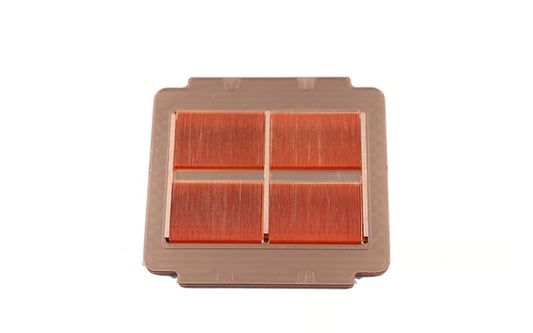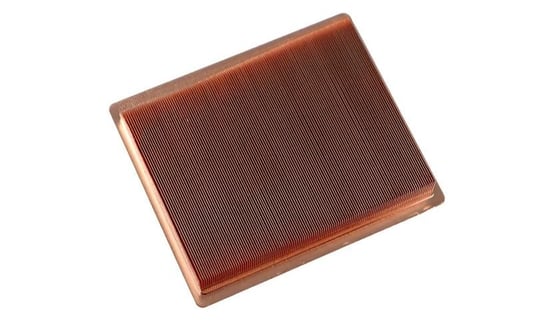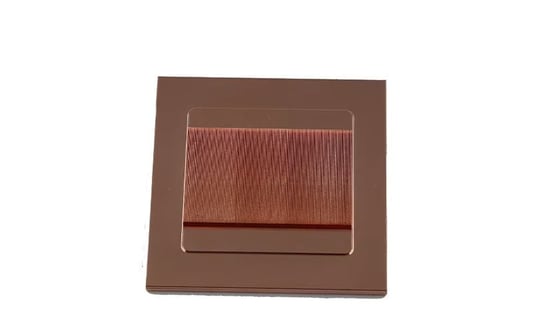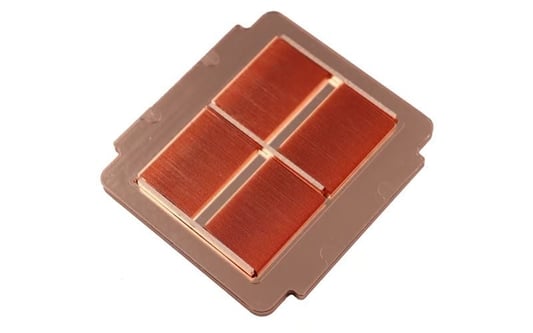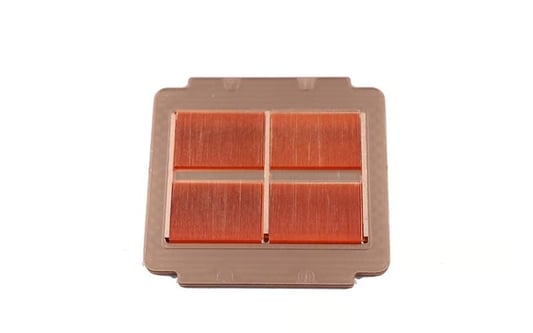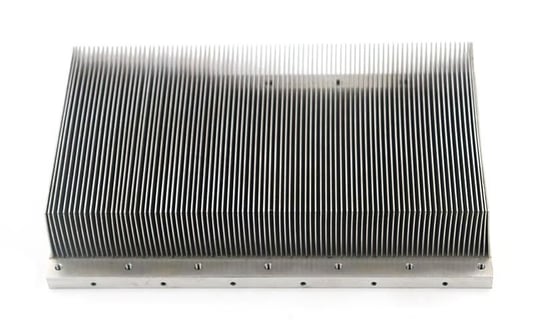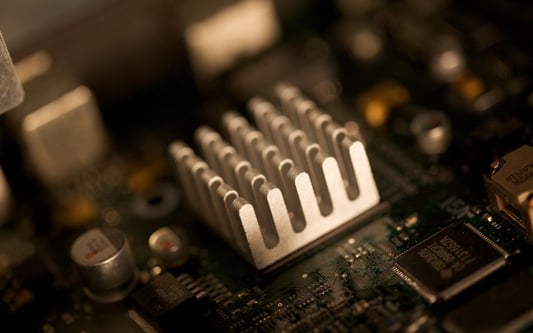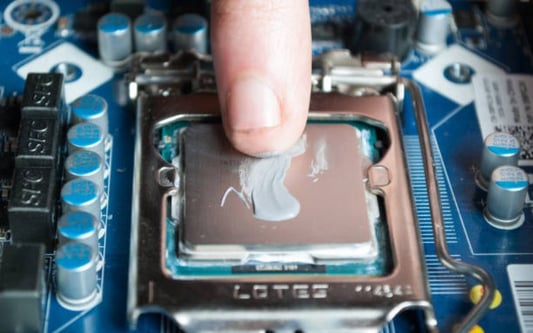Introduction to HeatsinksWhen it comes to managing the heat generated by electronic devices, heatsinks play a crucial role in dissipating heat efficiently. They are designed to absorb heat and transfer it away from the electronic components to prevent overheating and potential damage. But What is the best material for a heatsink??Copper Heatsinks: Excellent Thermal ConductivityCopper is a popular choice for heatsinks due to its excellent thermal conductivity. This means that copper heatsinks can quickly absorb and transfer heat away from the electronic components, keeping them cool during operation.Aluminum Heatsinks: Lightweight and Cost-EffectiveAluminum heatsinks are another common option known for being lightweight and cost-effective. While aluminum may not have the same thermal conductivity as copper, it is still a popular choice for many applications where weight and cost are factors to consider.Graphite Heatsinks: Good Thermal Conductivity and Light WeightGraphite heatsinks offer a good balance between thermal conductivity and weight. They are lightweight and have decent thermal conductivity, making them a suitable choice for applications where weight is a concern.Heat Pipes: Efficient Heat TransferHeat pipes are another option for heatsinks that offer efficient heat transfer. They work by transferring heat through the evaporation and condensation of a working fluid inside a sealed pipe, effectively dissipating heat away from the electronic components.Composite Heatsinks: Combining Materials for Optimal PerformanceComposite heatsinks combine different materials, such as copper and aluminum, to take advantage of their individual properties. By combining materials, composite heatsinks can achieve optimal performance in terms of thermal conductivity and cost-effectiveness.Fan-Assisted Heatsinks: Enhancing Heat DissipationFan-assisted heatsinks use fans to enhance heat dissipation by increasing airflow over the heatsink surface. The combination of a heatsink and a fan can significantly improve cooling performance, making it ideal for high-power electronic devices.Considerations for Choosing the Best Heatsink MaterialWhen selecting a heatsink material, it's essential to consider factors such as thermal conductivity, weight, cost, and specific application requirements. Choosing the right material can make a significant difference in the overall cooling efficiency of electronic devices.ConclusionIn conclusion, the best material for a heatsink depends on various factors, including thermal conductivity, weight, cost, and specific application needs. Copper, aluminum, graphite, heat pipes, composite materials, and fan-assisted heatsinks all offer unique benefits in managing heat effectively and ensuring the optimal performance of electronic devices.Quote InquiryContact us!


